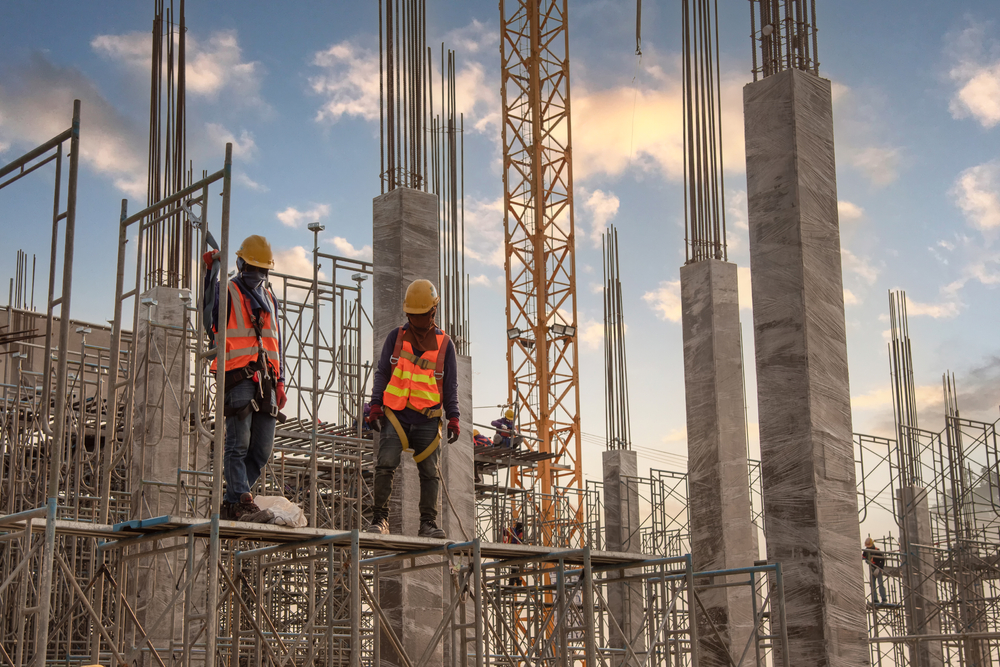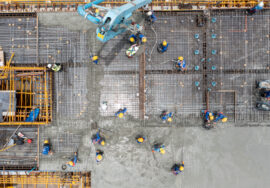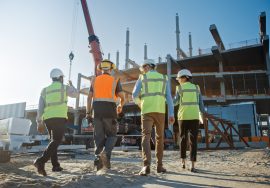
Low-Emission Construction Equipment: Powering a Cleaner, Greener Future
Low-Emission Construction Equipment: Powering a Cleaner, Greener Future
The construction industry has long been associated with high energy use, heavy machinery, and substantial carbon emissions. As sustainability becomes a global priority, low-emission construction equipment is transforming how we build.
By minimizing pollutants, improving fuel efficiency, and integrating clean technologies, low-emission construction equipment supports the transition to eco-friendly, responsible, and sustainable construction.
What Is Low-Emission Construction Equipment?
Low-emission construction equipment refers to machinery and vehicles designed to produce fewer greenhouse gases and air pollutants compared to traditional diesel-powered models.
These machines often feature advanced engines, hybrid or electric power systems, and cleaner fuel technologies. Examples include electric excavators, hybrid cranes, and battery-powered loaders.
The adoption of low-emission construction plays a crucial role in achieving carbon reduction and promoting clean construction technology across the industry.
Why Low-Emission Equipment Matters
The construction sector contributes significantly to air pollution and global CO₂ emissions. Traditional heavy machinery releases nitrogen oxides (NOₓ), particulate matter, and carbon dioxide that harm both the environment and human health.
Switching to low-emission construction offers several benefits:
-
Reduces Air Pollution: Cleaner exhaust systems and electric engines cut harmful emissions.
-
Improves Urban Air Quality: Supports healthier communities around construction sites.
-
Lowers Carbon Footprint: Contributes to net-zero carbon building goals.
-
Enhances Operational Efficiency: Newer models consume less fuel and require less maintenance.
-
Ensures Environmental Compliance: Meets strict pollution control and sustainability standards.
By integrating low-emission construction equipment, builders can significantly reduce their environmental impact and promote sustainable growth.
Types of Low-Emission Construction Equipment
1. Electric Construction Machinery
Electric excavators, bulldozers, and loaders run on rechargeable batteries, eliminating direct emissions and reducing noise pollution.
2. Hybrid Equipment
Hybrid machines combine diesel and electric power, offering improved fuel efficiency and reduced CO₂ emissions — an essential component of low-emission construction .
3. Hydrogen-Powered Machinery
Emerging hydrogen-fuel-cell technology provides clean energy with only water vapor as a byproduct, representing the next step in low-emission construction innovation.
4. Retrofit Diesel Engines
Upgrading older engines with emission control devices such as diesel particulate filters (DPFs) or selective catalytic reduction (SCR) systems can also lower emissions significantly.

Benefits of Using Low-Emission Construction Equipment
-
Environmental Sustainability: Reduces greenhouse gas and particulate emissions.
-
Health and Safety: Creates cleaner air for workers and nearby residents.
-
Energy Efficiency: Decreases fuel use and operational costs.
-
Regulatory Compliance: Meets environmental compliance in construction standards.
-
Improved Brand Image: Positions companies as leaders in sustainable construction practices.
By investing in low-emission construction equipment, developers demonstrate responsibility toward the environment and long-term cost savings.
Low-Emission Construction Initiatives in India
India’s commitment to clean and sustainable development has accelerated the adoption of low-emission construction equipment.
Government programs like the National Clean Air Programme (NCAP) and Make in India initiative are promoting the manufacturing and use of green construction machinery. The Indian Green Building Council (IGBC) also encourages builders to reduce emissions through energy-efficient construction and cleaner technologies.
Major equipment manufacturers are introducing electric and hybrid models tailored to Indian conditions, helping achieve national goals for carbon reduction and pollution control.
Steps to Implement Low-Emission Construction Equipment
-
Assess Current Fleet: Evaluate emission levels and energy efficiency of existing machinery.
-
Upgrade or Replace Equipment: Invest in electric, hybrid, or retrofitted low-emission models.
-
Train Operators: Ensure proper handling and maintenance to maximize efficiency.
-
Monitor Emissions: Use digital tools and carbon emission monitoring systems to track results.
-
Collaborate with Experts: Partner with sustainability consultants for compliance and optimization.
Partner with AMS India for Sustainable Construction Solutions
At AMS India, we promote the use of low-emission construction to create a cleaner, safer, and more sustainable construction environment.
Our team helps organizations transition to clean construction technology, integrate energy-efficient systems, and meet environmental standards with innovative, eco-friendly solutions.
AMS India ensures that every project contributes to a carbon-smart and sustainable future.
Conclusion: Driving Construction Toward a Cleaner Tomorrow
Low-emission construction is no longer an option—it’s the future of responsible construction. By adopting cleaner, more efficient machinery, the industry can drastically cut pollution, conserve energy, and achieve global sustainability goals.
Through continuous innovation and collaboration, low-emission construction will pave the way for a greener, healthier planet—one project at a time.
Read more related articles to enhance your knowledge and make informed decisions
Cost-Effective Modular Construction: Fast, and Sustainable Building Solutions
Smart Modular Buildings: Innovative, Efficient, and Sustainable Construction








